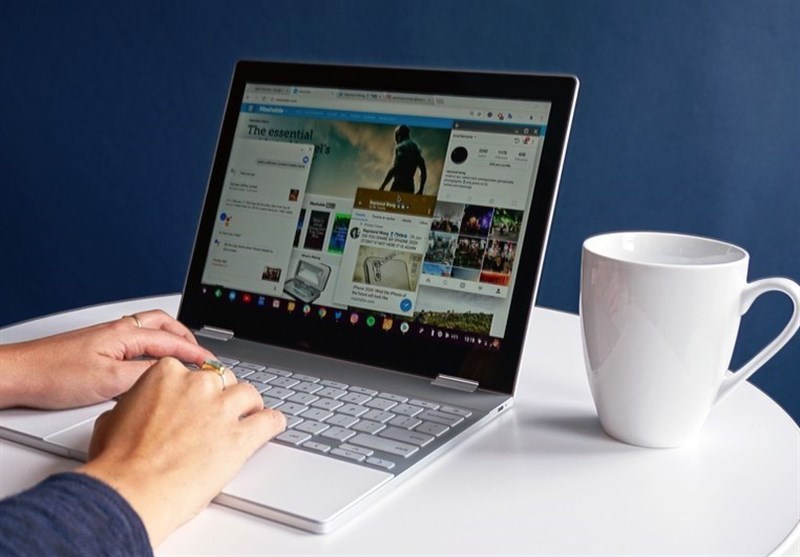Google to Let You Run Windows 10 on Your High-End Chromebook
TEHRAN (Tasnim) - Google will soon Chromebook users run Windows 10 on their high-end rig.
If you follow Chromebook development news the way hot-stove baseball fans follow the latest trade rumors, you know Google is working on bringing Windows to Chromebook.
If you have that one Windows applications you must run, Google has been working on making it possible to dual-boot Windows 10 on Chromebook since July 2018. This is not the same as Google bringing Linux to Chromebook. With the latter, you can run both operating systems at once. With the former, you can run one or the other, not both, simultaneously. ZDnet reported.
This new dual-boot mode will let Chromebook users with Intel processors and a minimum of 64GB of SSD and 4GB of RAM run Windows 10. It also appears as if Dual Boot, the offspring of Google's Project Campfire, will enable you to run other operating systems.
In the short term, since Campfire is built on Eve, Chrome OS for the Pixelbook, you can expect to see it appear on that top-of-the-line Chromebook first.
In the meantime, if all you want to run on your Chromebook is Microsoft Office, you've been able to do that for some time now. Better still, Microsoft Office Online won't cost you a red cent. With it, you'll get Word, Excel, PowerPoint, Mail, Calendar, OneDrive, and Sway, Microsoft's desktop publishing program.
True, these aren't the full-featured versions, but if you really need Microsoft Office with all the enterprise servings, what are you doing with a Chromebook anyway?
You'd be better off, presuming you have a high-speed internet connection, remotely logging into your Windows 10 PC from your Chromebook using the Chrome Remote Desktop. With it, you can remotely use your Windows PC and all its applications. Of course, with a slow connection, it's like trying to run through knee-deep mud.
You can also already run some Windows applications natively on Chrome OS by using CodeWeavers' take on WINE, CrossOver. This uses an implementation of the Windows application programming interface (API) on top of Chrome OS' Linux foundation to run Windows apps. But the key word here is "some" applications. Chrome OS Crossover is also still a beta -- with all the occasional misfires that comes with beta software.
But, if you can wait, you'll soon have the full Windows 10 and Chrome OS experience on one machine.
While Google hasn't officially announced Windows 10 will soon run on Chromebook, I expect the official word to appear as soon as CES in early January 2019.






